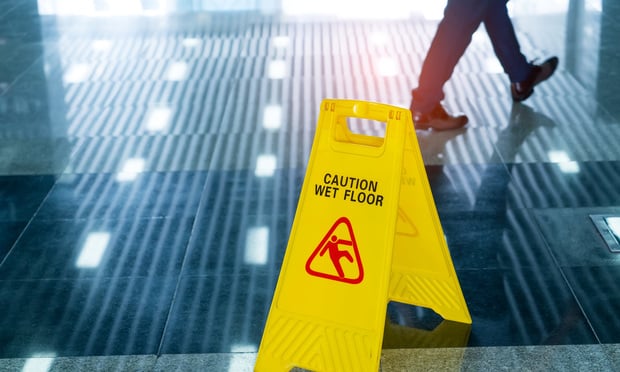Trepidation appears to be the appropriate word in describing the reaction of California insurance industry officials to Gov. Jerry Brown signing workers' compensation reform legislation in the state.
The bill is SB 863, and was passed on the last day of the legislation session, Aug. 31.
Mark Sektnan, president of the California Association of Insurance Companies, explains that California's workers' compensation system has long been known as the most complicated and costly system in the country.
He says signing of the bill means that “we are basically at half time, and the second half of the game will be implementation of the regulations.”
Continuing his football analogy, Sektnan says, “We may be ahead going into the locker room at the half but the game can change quickly and in the wrong direction if the regulatory process does not garner the necessary balances and controls expected from this bill.”
He says the Brown Administration “understands a timely and effective implementation of the regulations must be a top priority.”
He continues, “We must use this 'second half' in the regulatory process to close loopholes and shut down the entrepreneurial element that works around boundaries and causes new systemic cost drivers. SB 863 may not decrease employer costs, however this important bill should slow the cost increases. The success of SB 863 is dependent on effective regulatory implementation and appropriate judicial interpretation.”
ACIC is a subsidiary of the Property Casualty Insurers Association of America
Brown signed the bill at a family-owned printing shop in San Diego's Barrio Logan neighborhood Tuesday. Later in the day, the governor promoted the legislation at a Walt Disney Co. studio lot in Burbank.
His office released a statement saying that the need for reform was urgent because the cost of workers' compensation insurance has risen from $14.8 billion to $19 billion for California businesses in the past two years.
One of the factors driving the bill was the unintended consequence of 2004 reforms pushed by then-Gov. Arnold Schwarzenegger that unexpectedly reduced benefits for permanently injured workers.
In general, the new legislation seeks to increase benefits to workers, especially those on long-term disability, by 30 percent, paying for it by imposing certain reforms.
Supporters say by making the system more efficient and limiting litigation, the bill will save businesses $1 billion next year and allow increased payments to disabled workers.
Opponents include some chiropractors and attorneys for injured workers. They argue that through provisions limit legal challenges to claims settlements, fewer benefits will accrue for people who are unable to return to work.
Marjorie Berte, vice president, Western region, for the American Insurance Association, says the legislation contains many beneficial reform components that address many well-documented cost-drivers, but its projected savings are minimal.
Berte adds that AIA members will work hard to ensure speedy and effective implementation of the legislation.
Want to continue reading?
Become a Free PropertyCasualty360 Digital Reader
Your access to unlimited PropertyCasualty360 content isn’t changing.
Once you are an ALM digital member, you’ll receive:
- Breaking insurance news and analysis, on-site and via our newsletters and custom alerts
- Weekly Insurance Speak podcast featuring exclusive interviews with industry leaders
- Educational webcasts, white papers, and ebooks from industry thought leaders
- Critical converage of the employee benefits and financial advisory markets on our other ALM sites, BenefitsPRO and ThinkAdvisor
Already have an account? Sign In Now
© 2025 ALM Global, LLC, All Rights Reserved. Request academic re-use from www.copyright.com. All other uses, submit a request to asset-and-logo-licensing@alm.com. For more information visit Asset & Logo Licensing.








